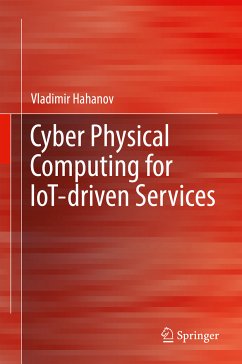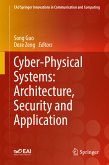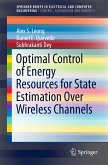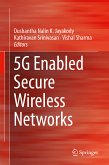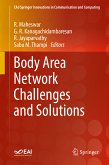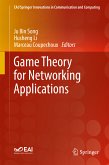This book presents the cyber culture of micro, macro, cosmological, and virtual computing. The book shows how these work to formulate, explain, and predict the current processes and phenomena monitoring and controlling technology in the physical and virtual space.The authors posit a basic proposal to transform description of the function truth table and structure adjacency matrix to a qubit vector that focuses on memory-driven computing based on logic parallel operations performance. The authors offer a metric for the measurement of processes and phenomena in a cyberspace, and also the architecture of logic associative computing for decision-making and big data analysis.The book outlines an innovative theory and practice of design, test, simulation, and diagnosis of digital systems based on the use of a qubit coverage-vector to describe the functional components and structures. Authors provide a description of the technology for SoC HDL-model diagnosis, based on Test Assertion Blocks Activated Graph. Examples of cyber-physical systems for digital monitoring and cloud management of social objects and transport are proposed. A presented automaton model of cosmological computing explains the cyclical and harmonious evolution of matter-energy essence, and also a space-time form of the Universe.
- Presents an automaton model of computing that formulates and explains the technology monitoring and control of processes and phenomena in physical, virtual, and cosmological space;
- Outlines qubit coverage-based theory and technology for memory-driven design, testing, verification, and diagnosis of computing systems;
- Describes cyber culture as a social and technological relationship between society, the physical world, and cyberspace used for digital monitoring and cloud management in higher education and transportation;Presents a new approach and Boolean metric for vector logic associative processing data with complete exclusion of arithmetic operations;
- Outlines an automaton model of cosmological computing, which explains the cyclical and harmonious evolution of matter-energy and a space-time of the Universe.
Dieser Download kann aus rechtlichen Gründen nur mit Rechnungsadresse in A, B, BG, CY, CZ, D, DK, EW, E, FIN, F, GR, HR, H, IRL, I, LT, L, LR, M, NL, PL, P, R, S, SLO, SK ausgeliefert werden.
Hinweis: Dieser Artikel kann nur an eine deutsche Lieferadresse ausgeliefert werden.

